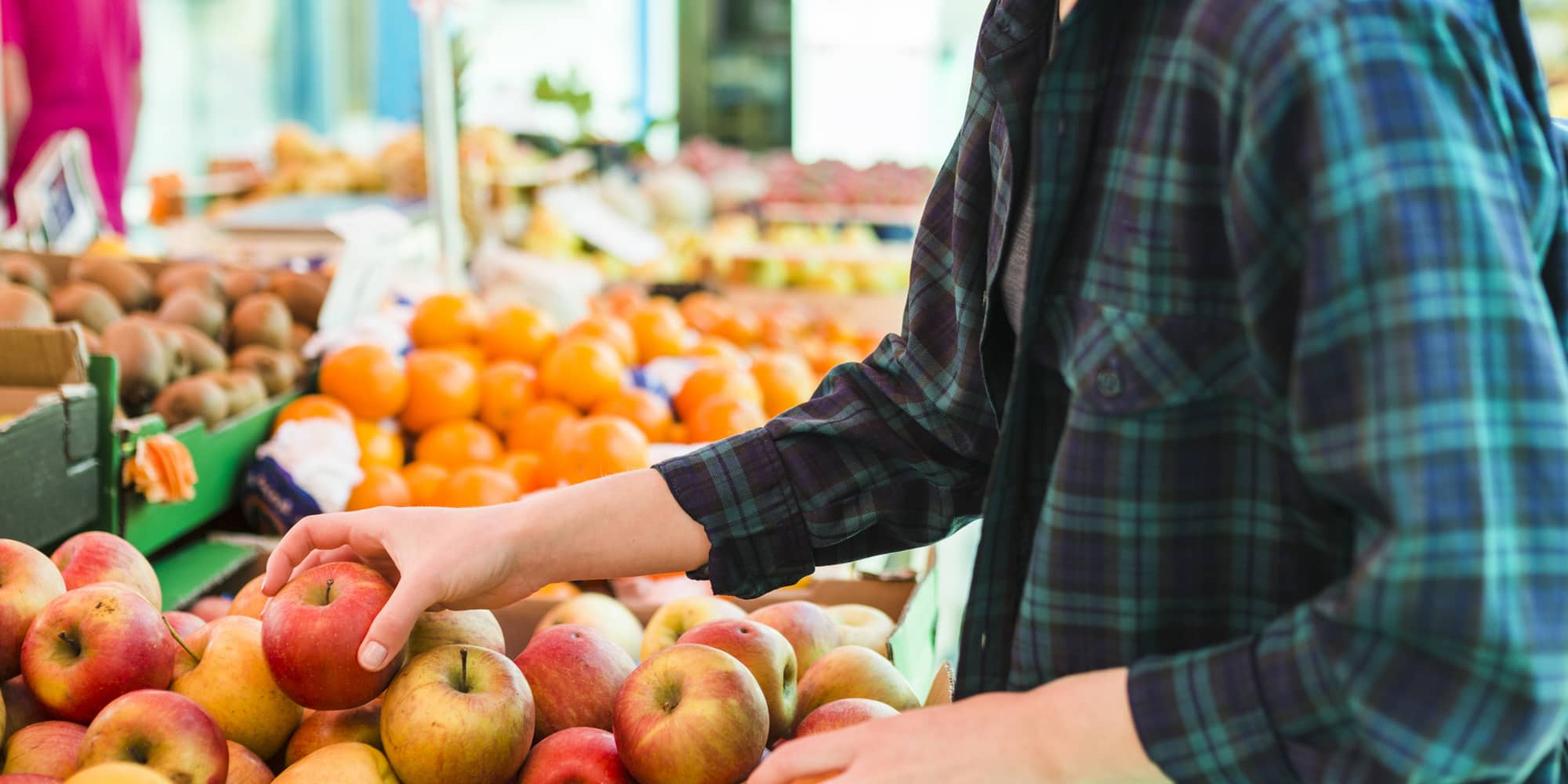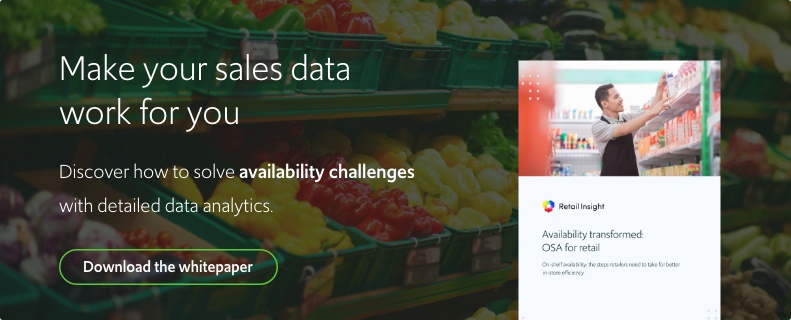Post-lockdown sales spikes: How can grocery retailers prepare?

- 3 minute read
- Retail Insight Team
We are all too aware of the challenges that retailers faced in keeping up with demand as fears of COVID-19 gathered pace. Pictures in the media depicting empty supermarket shelves were shared far and wide.
Retail Insight’s analysis was the first to argue that significant increases in customer numbers and a few extra items in each basket were the primary cause of empty shelves against the popular narrative of widespread panic-buying.
For the most part, retailers have managed to recover their stock positions on core items. This has not been easy, as they have also had to deal with new trading requirements and constraints, new in-store processes, thousands of additional staff, and many more customers. We are sure that grocery retailers need all the help they can get on forecasting, on-shelf availability, minimizing waste and markdown, shrink, and optimization of their resources, to manage their ongoing operational response.
In that spirit, we analyzed data from thousands of grocery stores in China. This analysis revealed that we should expect further sales spikes when countries emerge from lockdown. Here we provide the findings and next steps to help grocery retailers to prepare.
Manage constraints on retail space
Having managed the physical challenges in store, future risks to trade are a matter of product availability. The answer seems simple. Just build up enough stock of the right lines and hold it ready for another potential sales spike. But stores rarely have enough space either in the backroom or shop floor to store excess stock over and above the volume needed to satisfy regular customer demand. Hiring shipping containers to expand warehouse space is another option – but there is a worldwide shortage of these too. That is just considering the physical space limits. Add the implications of holding excess stock on labor productivity, which is already under pressure due to absenteeism. Widescale bulk storage at stores does not seem sensible, even if it is deliverable.
Prepare for post-lockdown sales uplifts
For all the constraints outlined above and others, we believe grocery retailers should focus additional stockholding on specific sub-categories that have shown to increase sales post-lockdown significantly. Our consistent experience of commercially available forecasting solutions is that they will not, and are designed not to, respond immediately and wholly to spikes in demand.
Taking anonymized data from thousands of retail stores trading in China, we have identified the top departments which significantly outperformed after lockdown, compared to average sales over the four weeks before lockdown, as shown below:
From over 35 departments, eight stood out as requiring the most intervention in the ordering system to provide for good product availability post-lockdown. Discretionary categories increased sales significantly, such as with Horticulture, Sporting Goods, and Beauty. Food to Go was also considerably higher, most notably in convenience stores as consumers returned to work. Large out-of-town stores maintained their sales growth position post-lockdown as basket sizes remained large. Smaller stores located in metropolitan areas had a slight decline in sales as customer traffic switched to larger stores.
Retailers achieve these sales uplifts by holding reserve stocks well above the forecasted sales. The forecast responded over four weeks, and retailers slowly reduced the reserve stocks from week four post-lockdown.
Focus on on-shelf availability and sales
At first glance, sales uplifts like this would be cause for celebration. However, they hide a mixed picture of on-shelf availability. Despite sales uplifts averaging 41% over these departments, availability ranged from -2.7% to +0.6% versus pre-lockdown levels. Any in negative territory indicates lost sales, and so grocers should pay special attention to stock levels on Horticulture, Produce, and Heath & Wellbeing.
Of course, a key watch-out is that our findings from China may not generalize over time or space. However, as we know from the first assault on retailers’ supply chains, customer demand can change quickly and without warning. Looking back at last week’s or even yesterday’s sales will not provide the answers. However, we hope that providing this analysis of our best view of the future, albeit imperfect, provides a basis to make better stockholding decisions over the coming weeks.
Get in touch
Written by Retail Insight Team
Retail Insight takes data and turns it into action. Our advanced algorithms unlock valuable insights that drive better decision-making for retailers and CPGs.

